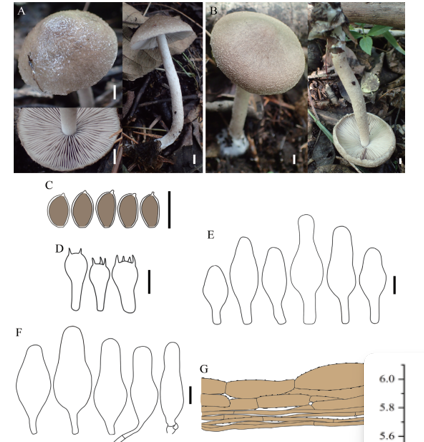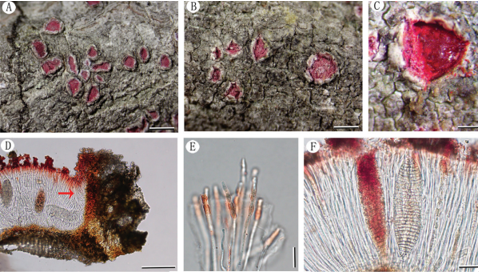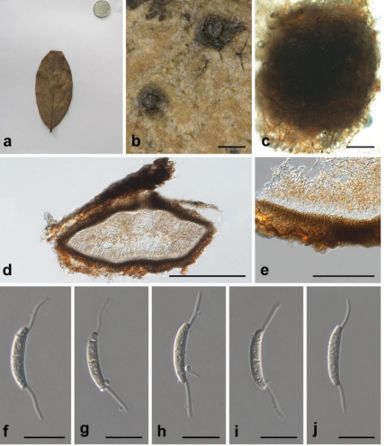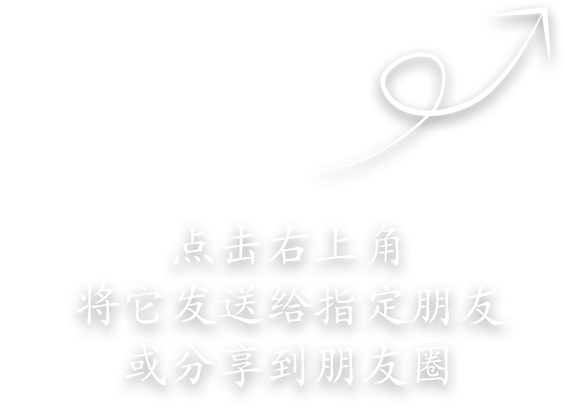Tremella latispora F. Wu, L.F. Fan & Y. C. Dai, sp. nov.2021
MycoBank: 839828
Holotype:China. Yunnan, Xinping, Shimenxia Park, on stump of Lithocarpus, 16 June 2017, Y.C. Dai 17574 (BJFC025106).
Description
Sexual morph:Basidioma. Sessile, when fresh soft gelatinous, creamy-white to lvory, translucent, pustulate to irregularly cerebriform, with thick and undulate lobes, up to 4.0 cm long, 2.0 cm broad and 1.0 cm high from base, distinctly shrinking into a film and becom ing whitish to pale yellow when dry, broadly attached to substratum. Internal features. Hyphae hyaline, smooth, thin- to thick-walled, 1.5–6.0 µm in diameter, branched, interwoven, with abundant clamp connections, clamp complexes and anastomoses, thick-walled hyphae usually present near to base of basidioma and sometimes swollen up to 7.5 µm; hyphidia hyaline, smooth, thin-walled, usually de rived from the same hyphae with basidia; swollen cells, vesicles and haustoria absent; mature basidia thin-walled, globose to subglobose, with a basal clamp connection, 17.2–24.0(–27.0) × 17.0–23.0(–24.3) µm, L = 19.5 µm, W = 20.8 µm, Q = 0.94 (n = 30/1), commonly their width greater than length, usually longitudinally septate, occasionally obliquely septate, 2–4-celled, with obvious oil drops; sterigmata up to 60 µm long, 1.5–2.0 in diameter, slightly protuberant at apex; probasidia thin-walled, ellipsoid to subglobose, proliferating from terminal hyphae; basidiospores hyaline, thin-walled, globose to sub globose, apiculate, with oil drops, (9.0–)10.1–11.8(–12.0) × (9.6–)9.9–11.4(–11.7) µm, L = 11.0 µm, W = 10.7 µm, Q = 1.03 (n = 30/1), germination by germ tubes or sec ondary spores; conidia massively present, originating from umbelliform conidiophores, hyaline, thin-walled, ovoid to oblong or globose to subglobose, 2.8–3.6 × 1.8–3.0 µm.
Asexual morph: Undetermined
Culture: Undetermined
Habitat: Undetermined:
Distribution:China
GenBank accessions: RPB 2MT44575, ITS MT445853 PartialnLSU MT425193,mtSSU MT483752,TEF1MT445762,RPB1MT445751
Notes:Phylogenetically, Tremella latispora formed a distinct lineage closely related to T. cheejenii. Morphologically, the species has significantly larger basidia and basidiospores than T. cheejenii or other similar species , and it has globose to subglobose basidiospores rather than more or less ellipsoid basidiospores in other species. And T. latispora are different from T. cheejenii and T. fibulifera s.s. by 4.63% and 5.09% sequence differences in the ITS sequences and 3.39% and 2.95% in the partial nLSU sequences respectively.
Referenc: [1] Zamora, J. C. , Millanes, A. M. , Wedin, M. , Rico, V. J. , & Perez-Ortega, S. . (2016). Understanding lichenicolous heterobasidiomycetes: new taxa and reproductive innovations in tremella s.l. Mycologia, 108(2), 381-396.
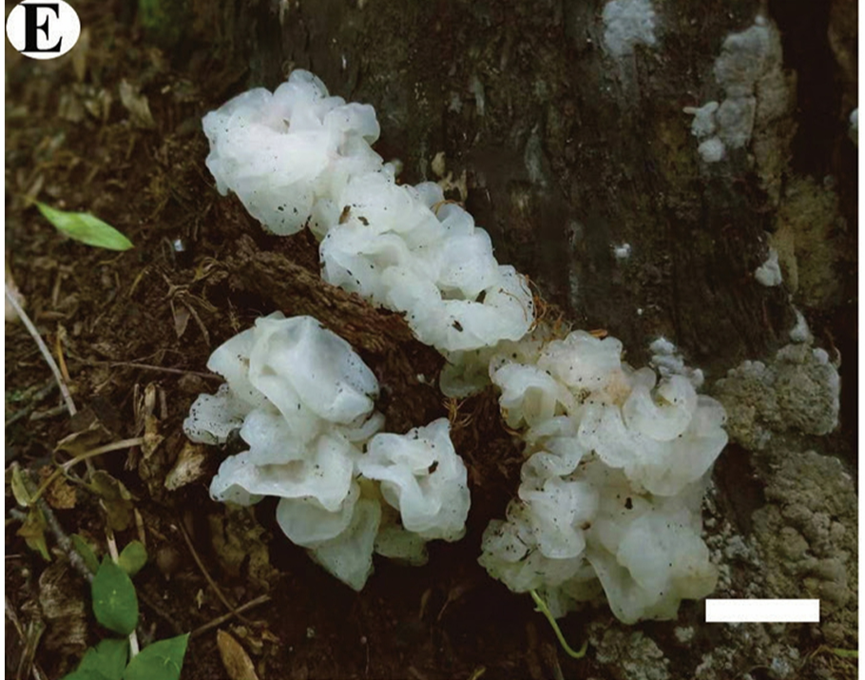
T. latispora
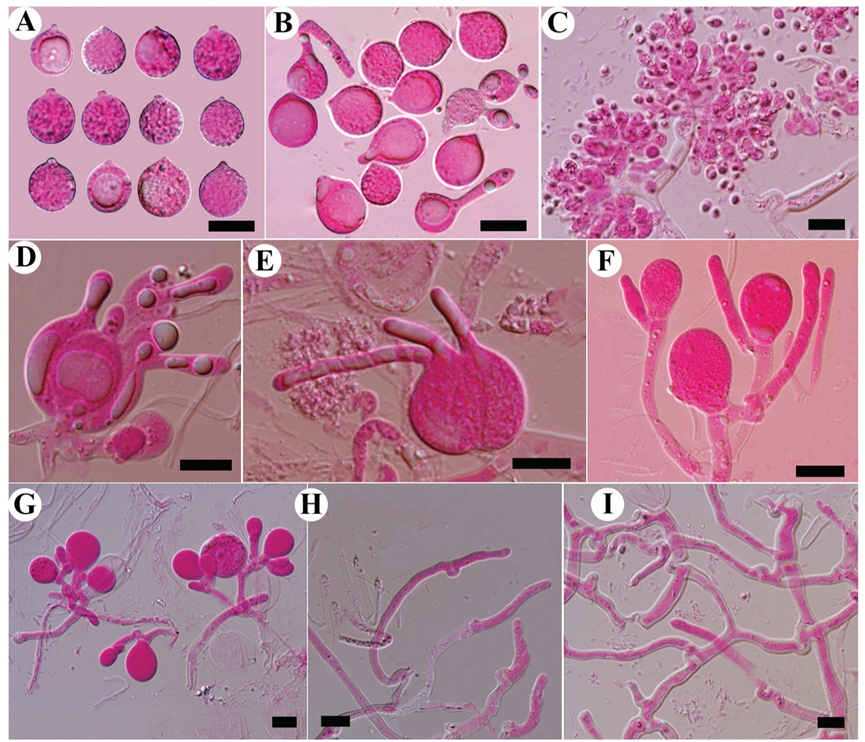
A basidiospores B germination tubes of basidiospores and secondary spores C conidia and conidiophores D, E basidia F, G probasidia H, I hyphae with clamp connections and clamp complexes. Scale bars: 10 µm (A–I).


